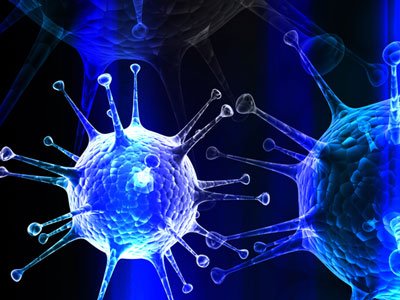Virus-like particle vaccine protects mice from influenza strains
Posted: 22 July 2015 | Victoria White
NIAID researchers have devised a way to induce protective immunity in mice against a wide array of influenza viruses using a VLP vaccine…


A universal flu vaccine that protects against a wide variety of influenza is a critical public health goal given the significant rates of illness and death caused by seasonal influenza and the potentially devastating effects of a pandemic influenza strain.
Now, researchers from the US National Institute of Allergy and Infectious Diseases (NIAID), part of the National Institutes of Health (NIH), have devised a way to induce protective immunity in mice against a wide array of influenza viruses.
Instead of trying to predict which influenza virus strains are likely to cause human disease and then make a vaccine to match those specific strains, Jeffery Taubenberger, M.D., Ph.D., and his colleagues created a vaccine cocktail incorporating four of the 16 different subtypes of an influenza virus protein called haemagglutinin (H). Two, H1 and H3, are typically found in human seasonal influenza viruses, and two, H5 and H7, are from avian influenza viruses that can also infect people. The experimental vaccine is made from non-infectious virus-like particles (VLPs) that stimulate an immune response, but that cannot replicate or cause disease. VLP vaccines already approved for use in people include those to protect against hepatitis B and human papillomavirus.
Vaccinated mice showed significant protection against avian influenza viruses
In the new study, the NIAID scientists vaccinated mice with the VLP cocktail, then exposed them to lethal doses of several different influenza viruses. Importantly, in some of the experiments, mice were exposed to viruses from H subtypes not included in the cocktail vaccine. Vaccinated mice showed significant protection following challenge with influenza viruses expressing 1918 H1, 1957 H2, and avian H5, H6, H7, H10, and H11 H subtypes. For example, 30 out of 30 vaccinated mice exposed to the human 1957 H2 virus or avian H10 or H11 viruses survived, and 20 out of 24 vaccinated mice exposed to H6 virus survived and experienced less weight loss than unvaccinated mice, all of which died when exposed to virus. Vaccinated mice also showed significant protection against avian H5N1 and H7N9 viruses, two virus strains that have caused many human cases and deaths in recent years.
The investigators are now testing the VLP cocktail in ferrets. If the results are similar to those seen in mice, they will advance the vaccine into early-stage human clinical trials.
Related conditions
Influenza
Related organisations
National Institutes of Health (NIH)



